Release - Siros S
-
Stelos 800 L
Stelos: Safety Instructions – read before use | Environment Stelos: Firmware update Stelos: User Interface | Controls | Functions | Handling Stelos: Technical Data Stelos: Remote control | Flash triggering Stelos: Power supply | Battery Stelos: Maintenance | Repair | Warranty Stelos: Accessories & Spare Parts Error messages
-
Satos
Safety Instructions – read before use | Environment Firmware update Satos User Interface | Controls | Functions | Handling Technical Data Remote control | Flash triggering Power supply | Battery Maintenance | Repair | Consumables | Spare parts | Guarantee Accessories Charging station for up to 4 slide-in batteries
- Pulso L
- Siros S
- Siros L
- Scoro E + S
- Move 1200 L
- RFS 2.1
- RFS 2.2
- RFS 3
- Pulso G, Unilite and Picolite
- LED F160
- Scope D50
- Compatibility (Lamp <-> light shaper | Lamp <-> power pack)
- Locate your distributor or dealer
-
 Stelos 800 L
Stelos 800 L
-
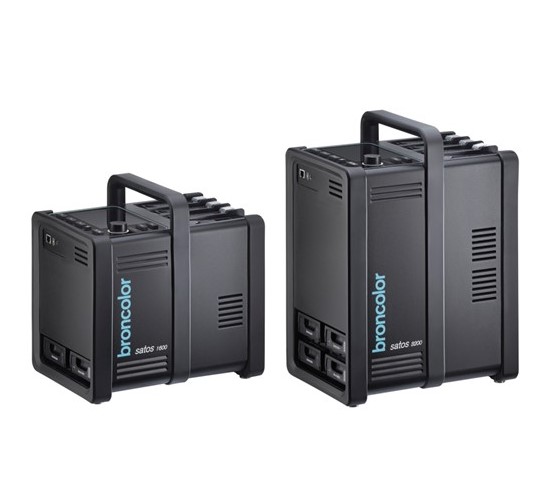 Satos
Satos
-
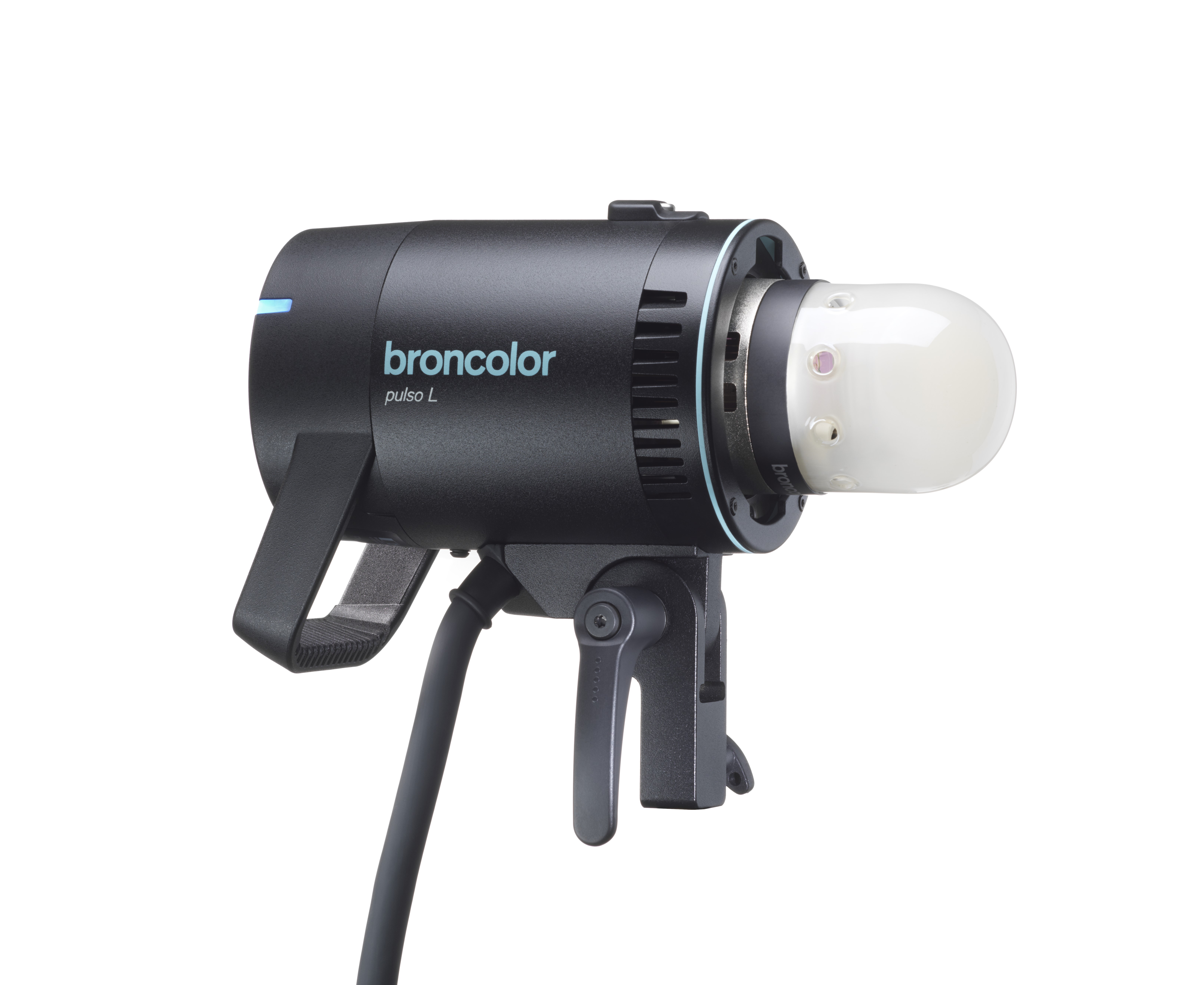 Pulso L
Pulso L
-
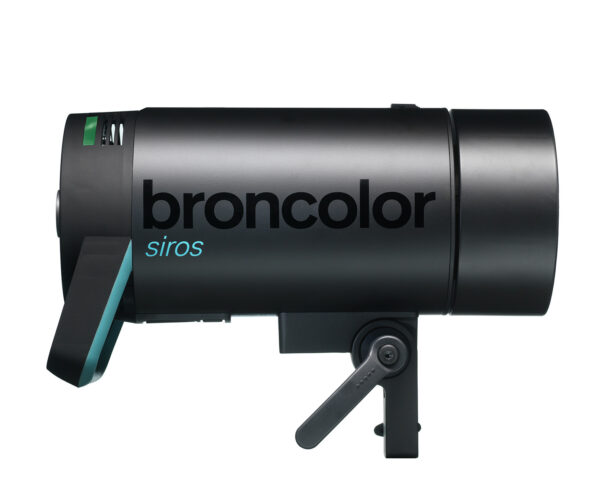 Siros S
Siros S
-
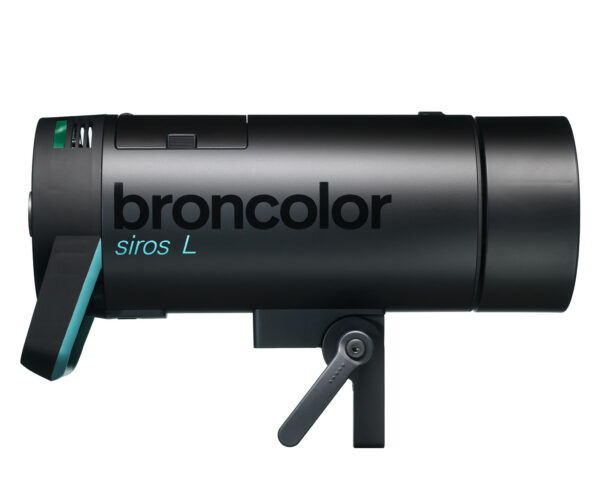 Siros L
Siros L
-
 Scoro E + S
Scoro E + S
-
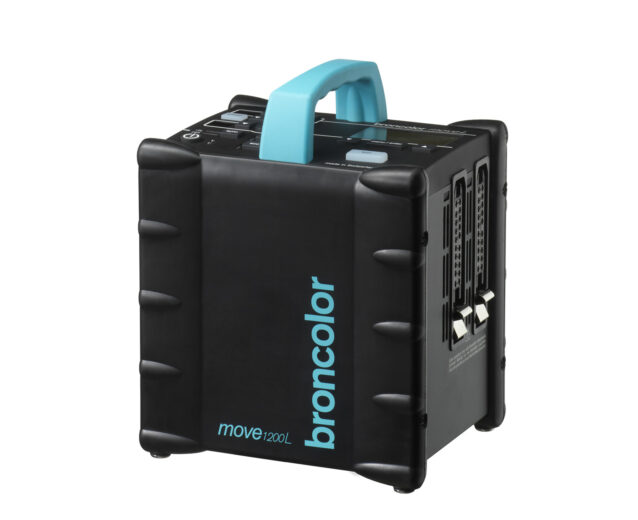 Move 1200 L
Move 1200 L
-
 RFS 2.1
RFS 2.1
-
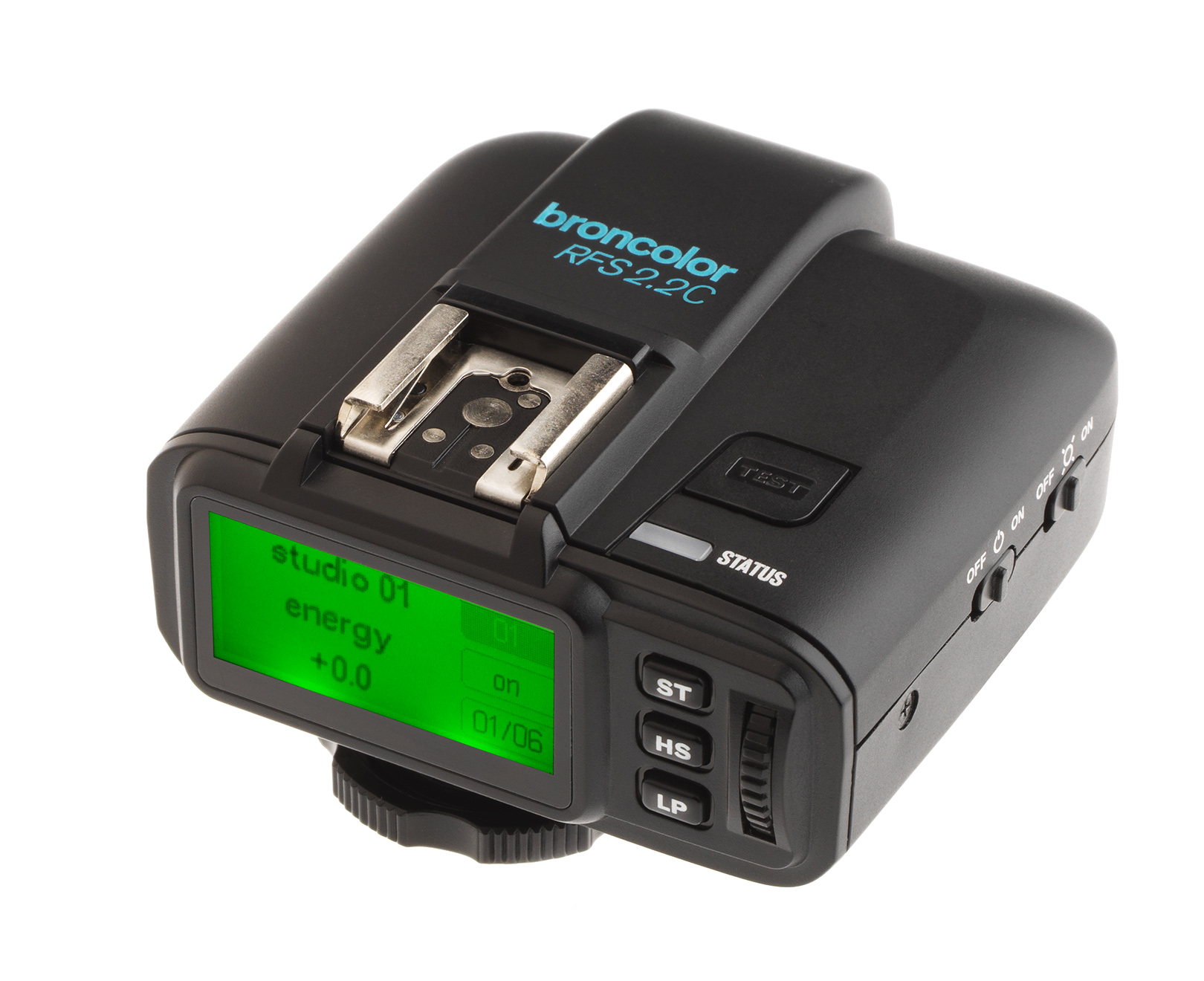 RFS 2.2
RFS 2.2
-
 RFS 3
RFS 3
-
 Pulso G, Unilite and Picolite
Pulso G, Unilite and Picolite
-
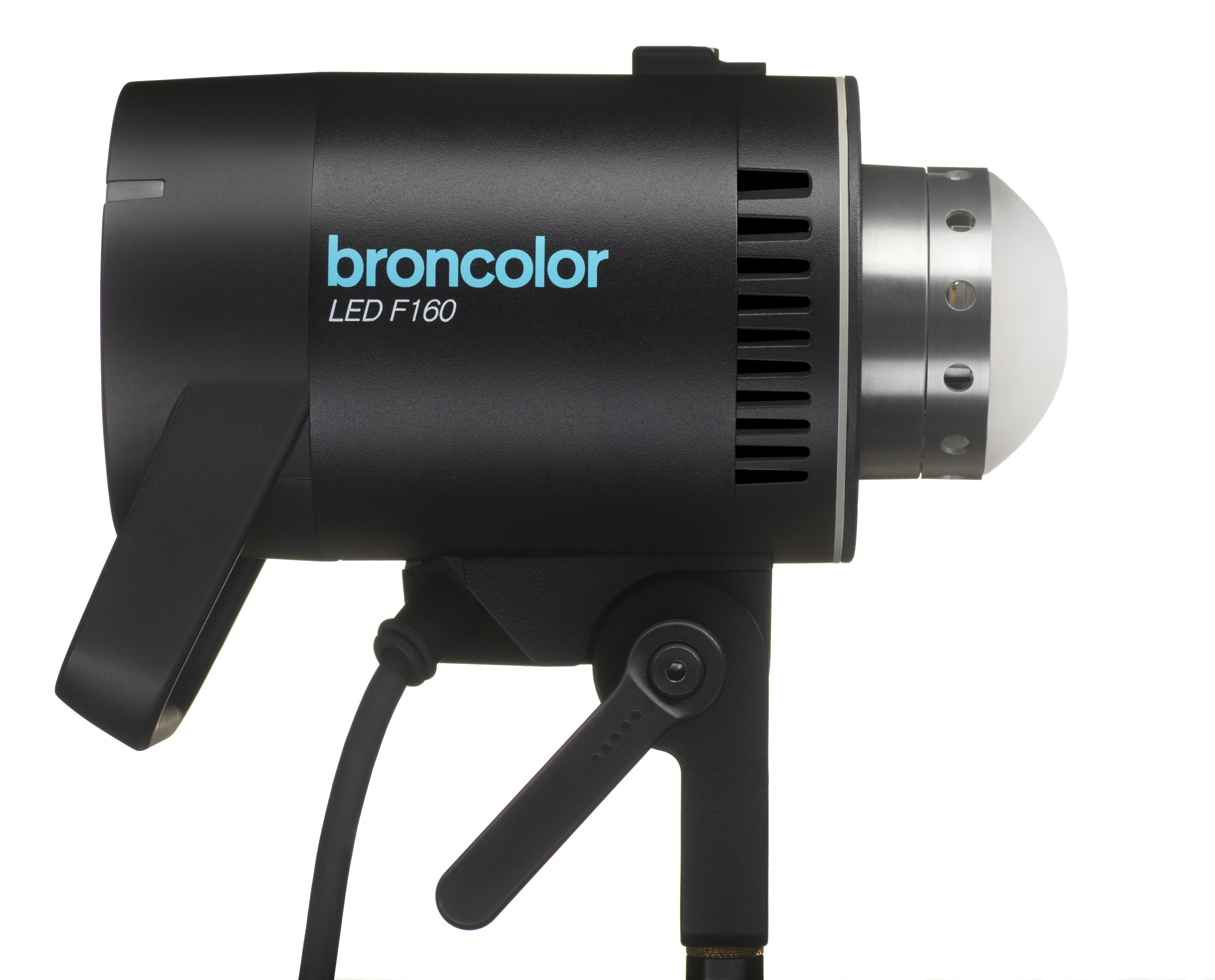 LED F160
LED F160
-
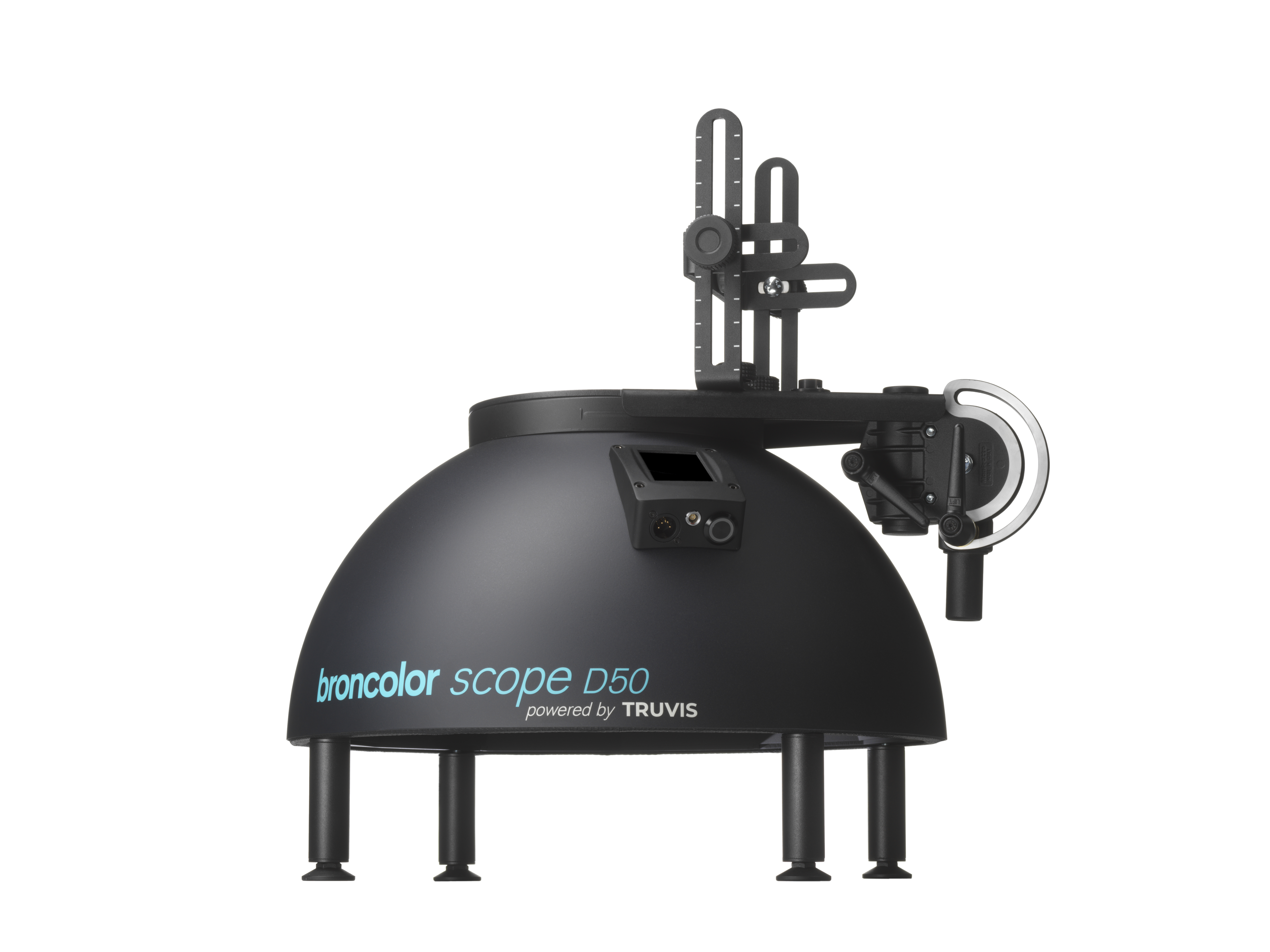 Scope D50
Scope D50
-
Compatibility (Lamp <-> light shaper | Lamp <-> power pack)
-
Locate your distributor or dealer
RFS 2 module (radio frequency system)
For RFS 2 flash control, the channel (studio address) must correspond to the transmitter’s channel. The studio address is set in the menu at position "st". The lamp channel is defined in the menu under "lamp".
With the radio transceiver, you can define and set the individual lamps as you wish. To learn how to do this, please see the operating instructions for the transceiver. The transceiver is not included with individual heads as standard.
Photocell (cell)
The photocell can be switched on and off using the menu function “sync”. When it is active, the blue LED beside the "cell" label is illuminated. After the first flash of a sequence, the active photocell is deactivated, and the blue LED beside the "sync" key blinks. Pressing the "test" key switches it on again.
Sync socket
The sync cables, 5 m (16.4 ft) (Art. No. 34.111.00) and 10 m (32.8 ft) (34.112.00), can be fitted to the socket for cable release.
"test" key
Using this key, the monolight can be triggered manually. The flash can be triggered as soon as 70 % of the set energy level is reached. The visual "Ready" indicator, on the other hand, only illuminates when 100 % is attained.